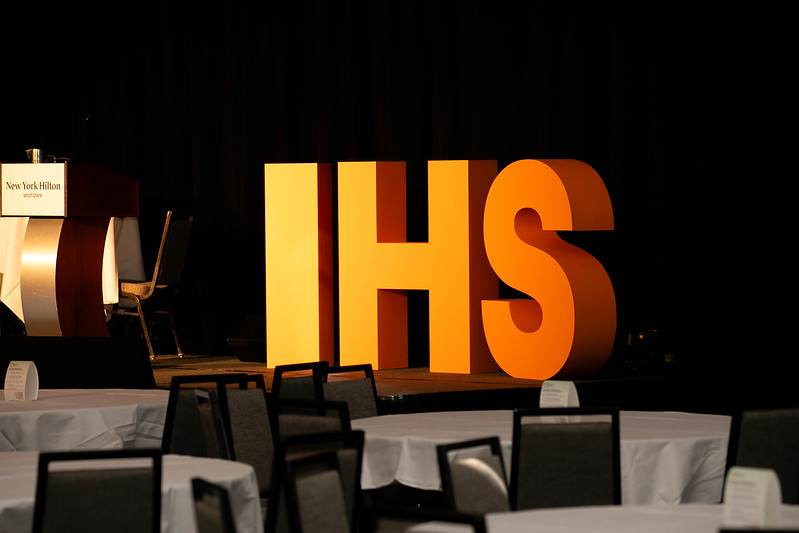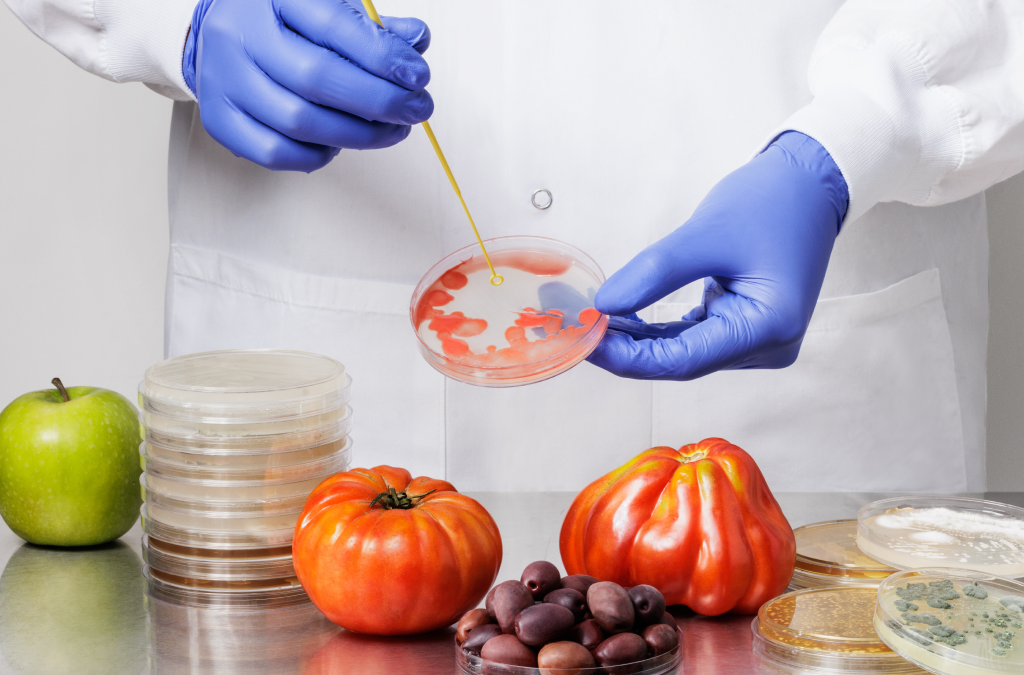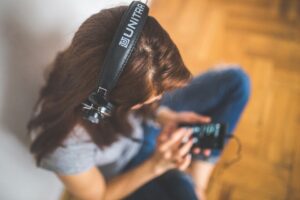Use of Golden Leaf Ginkgo Extract for Skin Fibrosis
By Integrative Practitioner Staff
by Sylvie Beljanski and John Hall, PhD
 The Ginkgo biloba tree is believed to be over 270 million years old. Individual trees may live as long as 1,000 years, growing to a height of 100-122 feet and with a trunk diameter of 3-4 feet. The tree is originally native to China and Japan, but has since been extensively cultivated throughout the world, thanks to its hardy nature. Although Asian cultures have used Ginkgo seeds medicinally for hundreds of years, the modern Western use of Ginkgo is limited exclusively to the leaf. The green leaves of the tree are usually harvested from trees growing in plantations in South Korea, Japan and France.
The Ginkgo biloba tree is believed to be over 270 million years old. Individual trees may live as long as 1,000 years, growing to a height of 100-122 feet and with a trunk diameter of 3-4 feet. The tree is originally native to China and Japan, but has since been extensively cultivated throughout the world, thanks to its hardy nature. Although Asian cultures have used Ginkgo seeds medicinally for hundreds of years, the modern Western use of Ginkgo is limited exclusively to the leaf. The green leaves of the tree are usually harvested from trees growing in plantations in South Korea, Japan and France.
Green leaf extracts of Ginkgo biloba are commercially available everywhere as “standard preparations.” The standardized green extract is expected to contain about 24% flavoglycosides and 10% quercetin, which are recommended to improve circulation in the arteries, capillaries, veins or within the brain.
Ginkgo biloba is remarkably resistant to all kinds of pollution, viruses and fungi. For both biochemical reasons and because of its legendary resistance following the atomic bombings of Hiroshima and Nagasaki, it is one of the plants on which Dr. Mirko Beljanski chose to focus his attention.
Professor Beljanski was born in Yugoslavia in 1923. At the age of 25, he emigrated to France where he remained for the rest of his life. After receiving his PhD in Molecular Biology from the Sorbonne, he was accepted in 1951 as a biologist and researcher with the renowned Pasteur Institute. Although he is now becoming recognized as one of the most interesting scientists of the 20th century, Dr. Beljanski’s innovative ideas drastically conflicted in the 1960’s with those of the Pasteur Institute’s director, Jacques Monod. As a result his laboratory was always under-funded.
Looking for ways to continue his research and publish scientific papers, Mirko Beljanski entered into a six year contract with the French army to study phenomena resulting from protection against radiation.
The contract included the study of an American agent for radiation protection called W2721. W2721 offered an effective protection, but there were two serious drawbacks: it had to be administered intravenously and it had to be kept at -4˚F. (These constraints, not particularly compatible with the military’s needs, were likely the reason why the product was later abandoned.)
For six years, Mirko Beljanski’s contract with the army allowed him to study several other substances besides W2721, and he went on to discover the protective effects of a special extract of Ginkgo biloba.
Prepared according to the proprietary procedure developed by Dr. Beljanski, this Ginkgo extract is completely different in its biochemical composition from all other green leaf extracts of this plant. Mirko Beljanski’s unique extract of Ginkgo biloba has very different properties from all other extracts on the market today, due the time at which it is harvested and the particular extraction procedure.1
As a result of his research contract with the French army, Beljanski was also able to witness the side effects of radiation first hand.
Medical descriptions of tumors resulting from radiation burns date back to 1828 (Marjolin 1828). Sirsat and Shrikhande reported that approximately 25% of burns cause tumors, and that the lowered immunity resulting from radiation and/or chemotherapy predisposes to malignant degeneration.2,3
J.W. Gofman, Professor Emeritus of Molecular and Cellular Biology at the University of California, Berkeley conducted a large-scale investigation involving scientists, doctors, etiologists and physicians. The investigation, entitled “Radiation from Medical Procedures in the Pathogenesis of Cancer and Ischemic Heart Disease” was published in November 1999. It states:
“Medical radiation, introduced as a treatment in 1896, is becoming a factor in approximately half of all fatal cases of cancer in the US. The proof cited in my 1999 monograph, which no one has refuted, indicated that approximately 250,000 people in the U.S. die prematurely each year from cancer and coronary diseases, with half the cases due to the unnecessary and excessive use of X-rays that they received over a lifetime.
Radiation due to medical imaging is a necessary factor in approximately half of fatalities in the treatment of coronary diseases in the US.” 4,5
Radiation induces burns and alters the action of ribonucleases (the enzymes which process RNA molecules). In a healthy cell, the normal function of these enzymes is to edit the genetic messages copied from the DNA, a process that is essential for overall good health. In some conditions of extreme physical stress, these enzymes become deregulated or disrupted. Ultimately, this can have a damaging effect on the health of cells and connective tissues. It is therefore critical to protect the skin from burns, whether from the sun or from ionizing radiation.6,7
Professor Beljanski demonstrated in several experiments that his original Ginkgo extract, through its regulatory or normalizing effect on cellular enzymes, helps the tissues to remain in good health, even when they are exposed to extreme physiological stresses.1
Beljanski focused specifically on radiation-induced fibrosis, the scar tissue that forms as a result of exposure to ionizing radiation and that may take 6-12 months to develop. He demonstrated that skin cells exposed to radiation exhibit excessive RNase activity: extracts from the exposed tissue quickly degraded normal (full length) RNA molecules into smaller fragments that lose their biological function. However, when Beljanski added his purified Ginkgo biloba fraction the excessive RNase activity was reversed and the full length RNA molecules persisted at their normal length. This Ginkgo biloba preparation is an impressive example of a natural biological regulator that suppresses the pathological activity of RNase enzymes induced by radiation.
Mirko Beljanski went on to show that in many, if not all, cases of fibrosis these radiation induced changes in nucleases are linked to collagen production–a primary factor in the formation of scars. By restoring normal nuclease activity his Ginkgo biloba extract appears to reduce collagen production which, in turn, limits the development of scar tissue. This may explain how his unique Ginkgo biloba extract may protect skin from burns, inhibit scar formation, and protect against fibrosis.7
Although the mortality rate is low, suffering and subsequent complications from radiation induced fibrosis are common. It is therefore important to protect the body during and several months following ionizing radiation treatments, due to the slow appearance of fibrosis. The late onset of pulmonary and cardiac effects is also a common side effect of ionizing radiation, which is, in turn, amplified by chemotherapy.8,9
The golden leaf Ginkgo plant extract prepared according to Mirko Beljanski’s technique has been widely used in Europe for the last 20 years. Since the consequences of serious burns appear several months or even years after exposure to radiation, it is interesting to evaluate the level of protection and satisfaction of people who have used the Ginkgo extract over a length of time.
The team at Natural Source International, Ltd., which distributes the Beljanski Ginkgo extract (available under the brand name Ginkgo V®), provided a questionnaire to their European clients who had undergone radiation therapy and used Ginkgo V® to protect themselves from burns or fibrosis. Over one hundred customers responded to the questionnaire, providing a large enough database to obtain statistically significant results. Of the more than 100 responses received and tabulated, 50% stated that they did not have any burns, 38% had the equivalent of a sunburn, 4% of burns were more serious and only 1 patient, who received 117 grays (two times the normal level of radiation) had a third degree burn.
More recently, Beljanski’s Ginkgo extract has been combined with Pao pereira (Geissospermum) and Rauwolfia vomitoria extracts to create the product Ladybel®. Recent studies conducted at Columbia University Medical Center have extensively examined the mechanisms of action by which those two other extracts fight the proliferation of abnormal cells, with promising results.
By combining those three extracts, Ladybel® provides a wide spectrum of protective regulation that promotes healthy response to the numerous stresses that are part of our environment. However, it is important to note that Ginkgo V® and Ladybel® are dietary supplements and are not intended to diagnose, prevent or treat any disease.
Natural Source International, Ltd. is a leading provider of cutting-edge dietary supplements that stem from the lifelong research of Mirko Beljanski, PhD at the Pasteur Institute in Paris, France and his legacy of 133 peer-reviewed publications.
Disclosure: Sylvie Beljanski is the President of Natural Source International, Ltd. and Dr. John Hall is the Director of Research.
If you are a consumer or health professional and have any questions or would like more information about any of the products that stem from Dr. Beljanski’s research, contact Natural Source International, Ltd. at 212-308-7066 or toll free at 888-308-7066.Visit www.natural-source.com.
Learn more about Dr. Beljanski’s scientific research at the following websites:
- www.beljanski.com (this is the CIRIS cite known in French as the Center for Scientific Information, Research and Innovation)
- www.mbschachter.com
- www.pubmed.com (to view Beljanski’s studies and the recent paper from the International Journal of Oncology)
References
- US Patent no. 5413787
- Sirsat, M.V., Shrikhande, S.S.: Histochemical studies on squamous cell carcinomas of the skin arising in burn scars with special reference to histogenesis. Indian J. Cancer 3: 157-169, 1967.
- Castillo and Goldsmith (1968) explained that lowered immunity in scar tissue predisposed the patient to malignant degeneration. Moreover, all burns alter tissue in the desoxyribonucleic acid at the cellular level, a product of mutations (Clairmont et al, 1979), themselves inducing new cancer.
- Gofman, J.W. Preventing Breast Cancer. The Story of a Major, Proven, Preventable Cause of the Disease. ISBN 0932682960. Library of Congress Catalog Number LCCN 96-2453.
- Gofman, J.W. Radiation from Medical Procedures in the Pathogenesis of Cancer and Ischemic Heart Disease: Dose-response studies with physicians per 100,000 population. ISBN 093268979. Library of Congress Catalog Number LCCN 99045096.
- M. Beljanski, “The Regulation of DNA Replication and Transcription. The Role of Trigger Molecules in Normal and Malignant Gene Expression”. EVI Liberty (2003), (First Edition: Experimental Biology and Medicine, vol.8, Karger -1983)
- Causse, J.E., T. Nawrocki, M. Beljanski, “Human Skin Fibrosis RNase Search for a Biological Inhibitor-Regulator”: Deut. Zeit. Fur Onk., 26, 5, 1994, pp. 137-139.
- C. Nordau, M. Beljanski, “A Pioneer in Biomedicine”, Evi Liberty Corp, New York, 2000, p. 118.
- Rosen, I., Fischer, T. et al. Correlation between Lung Fibrosis and Radiation Therapy Dose after Concurrent Radiation Therapy and Chemotherapy for Limited Small Cell Lung Cancer. Radiology 2001; 221:614.
















